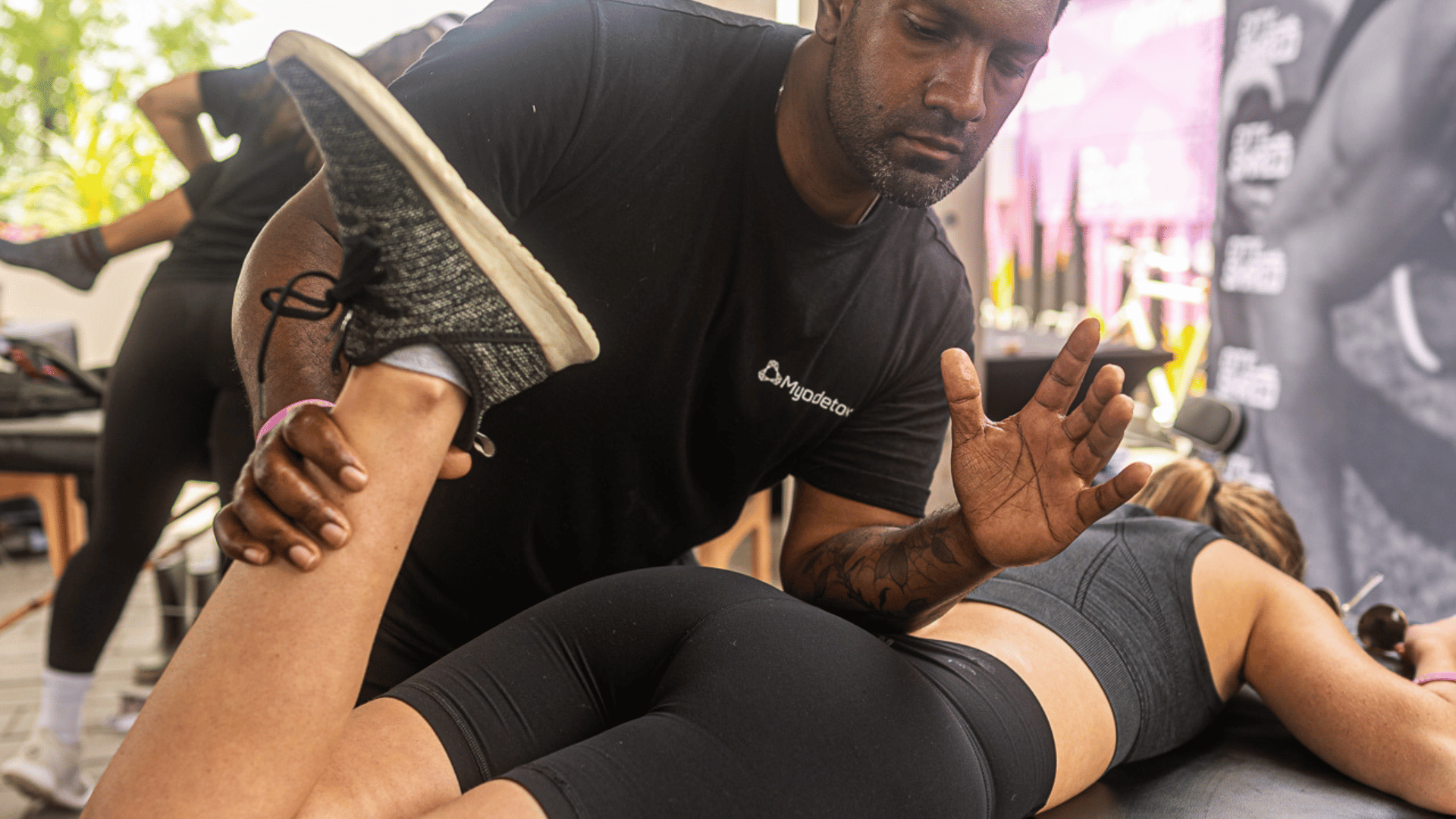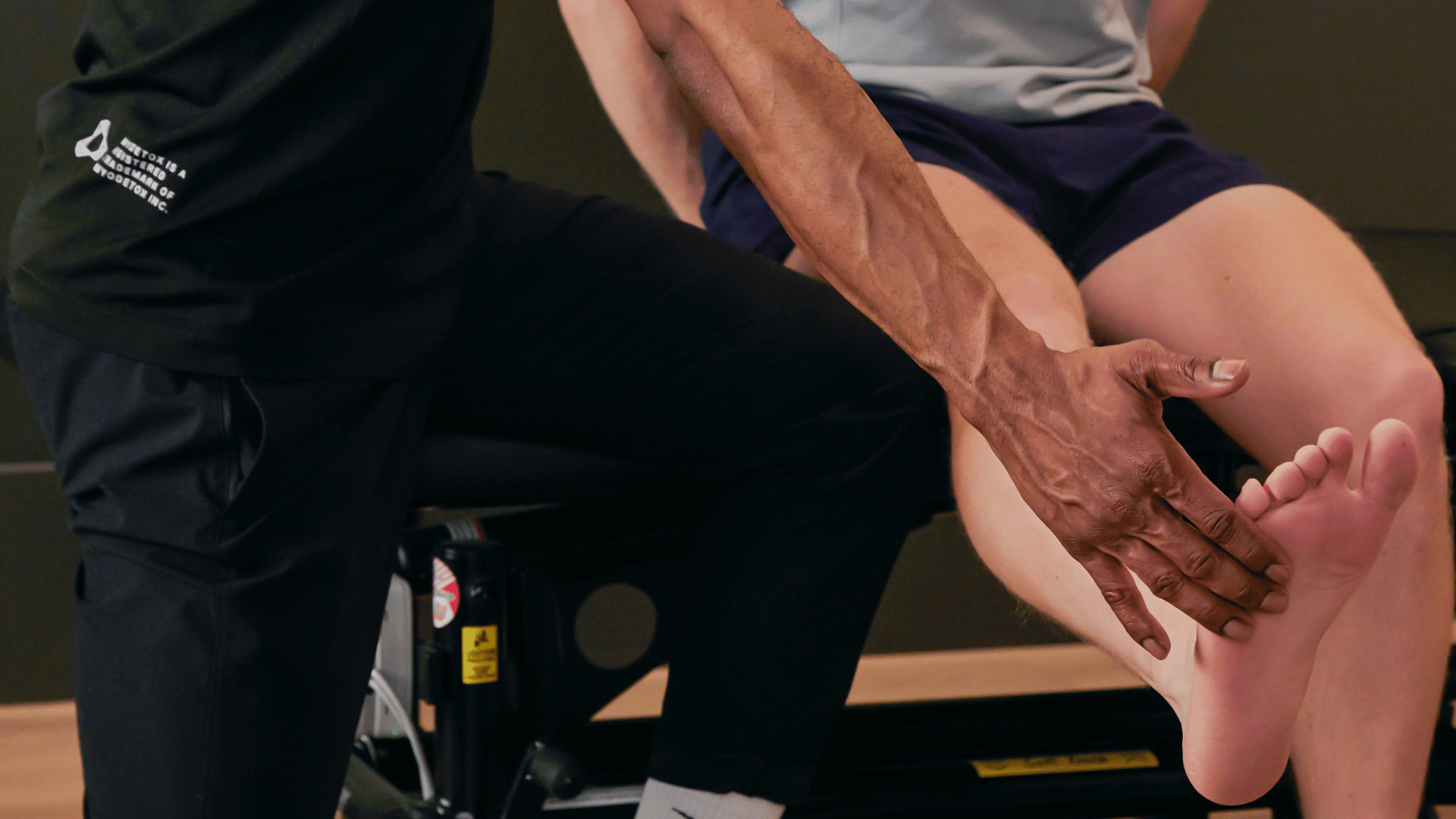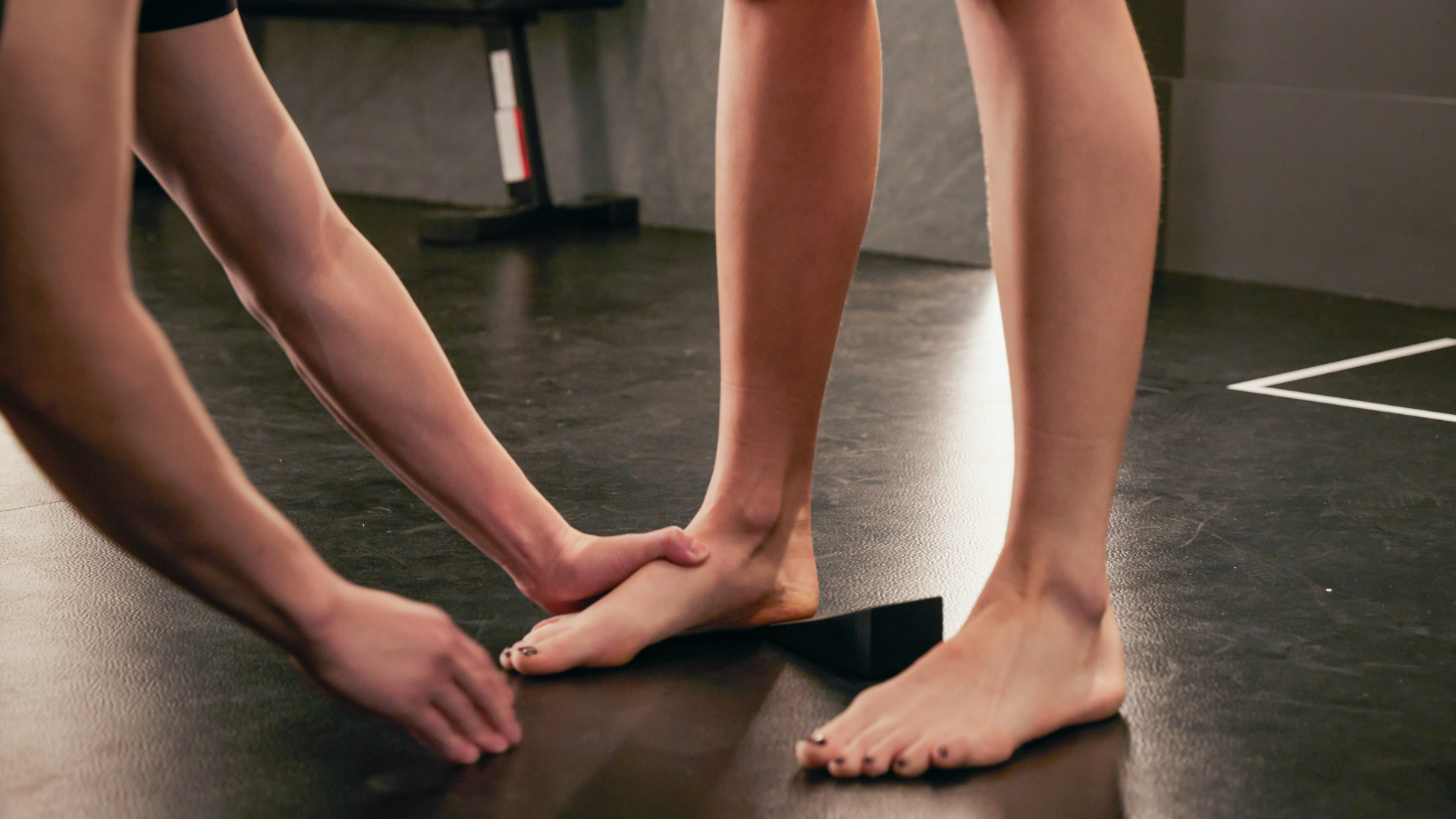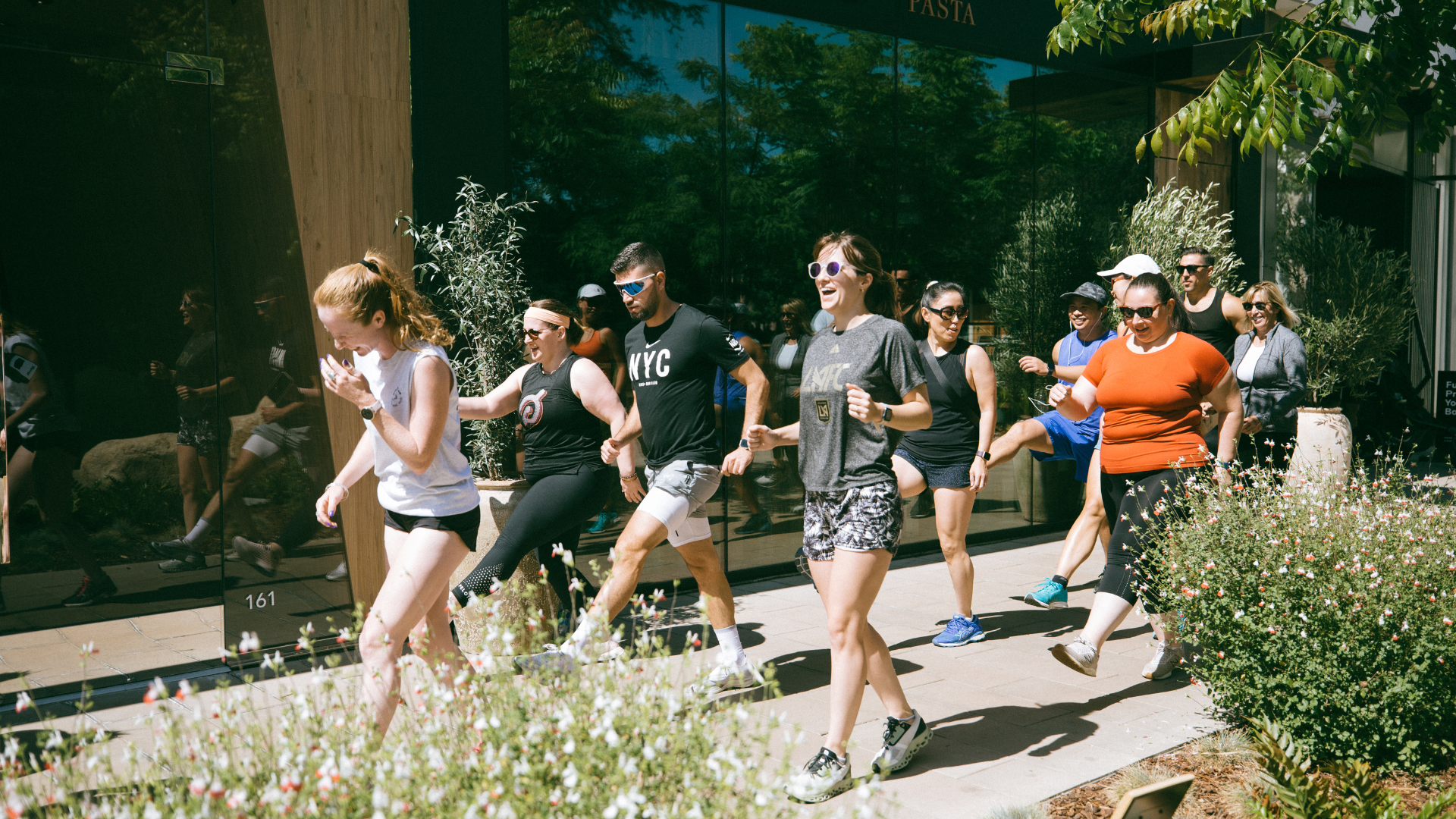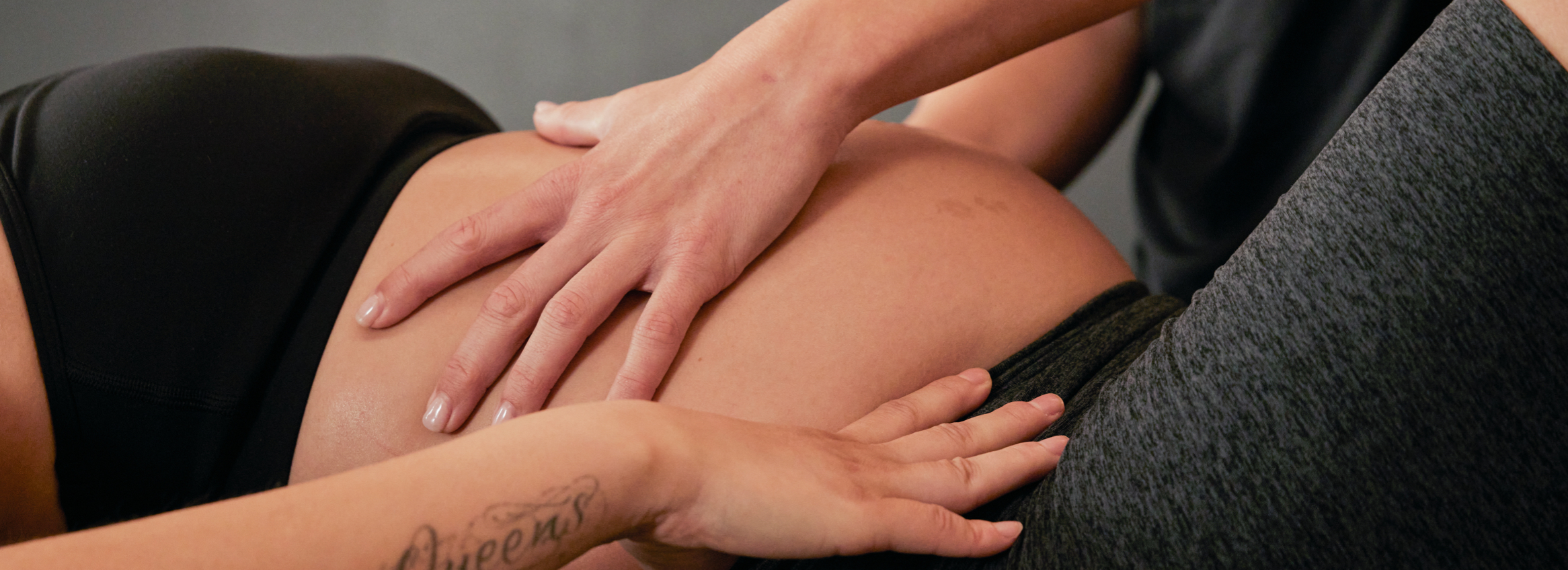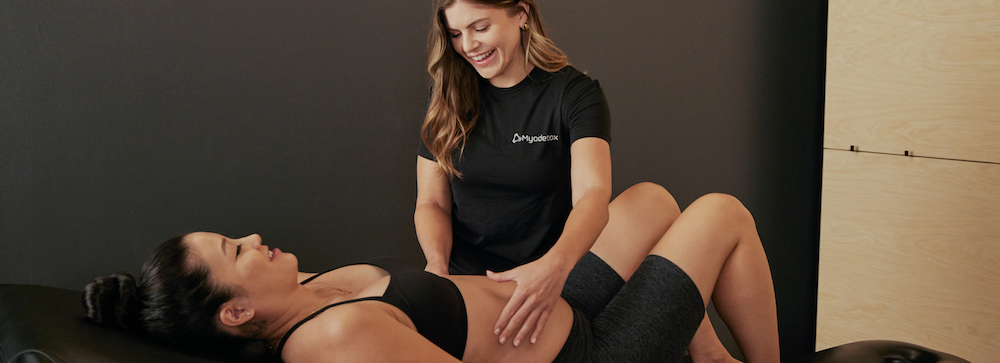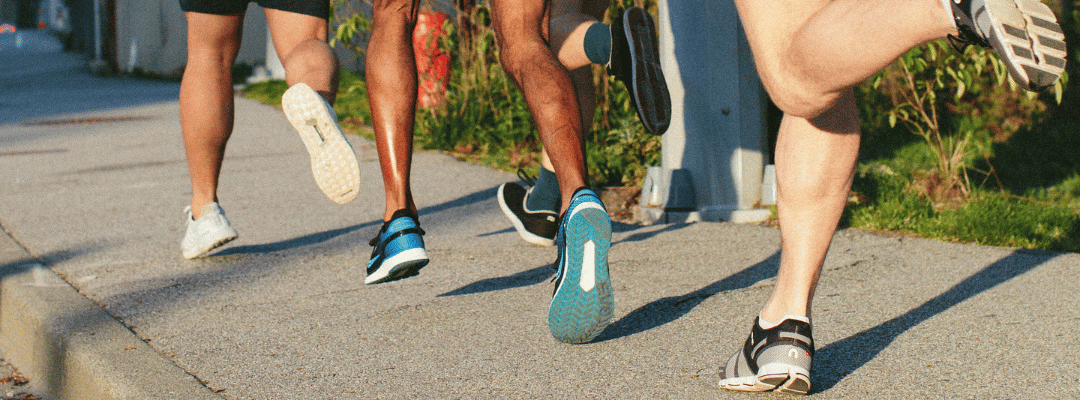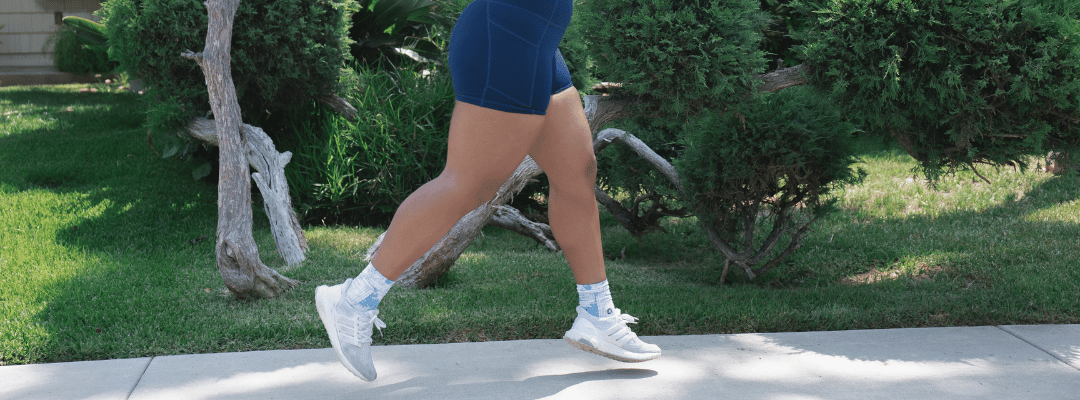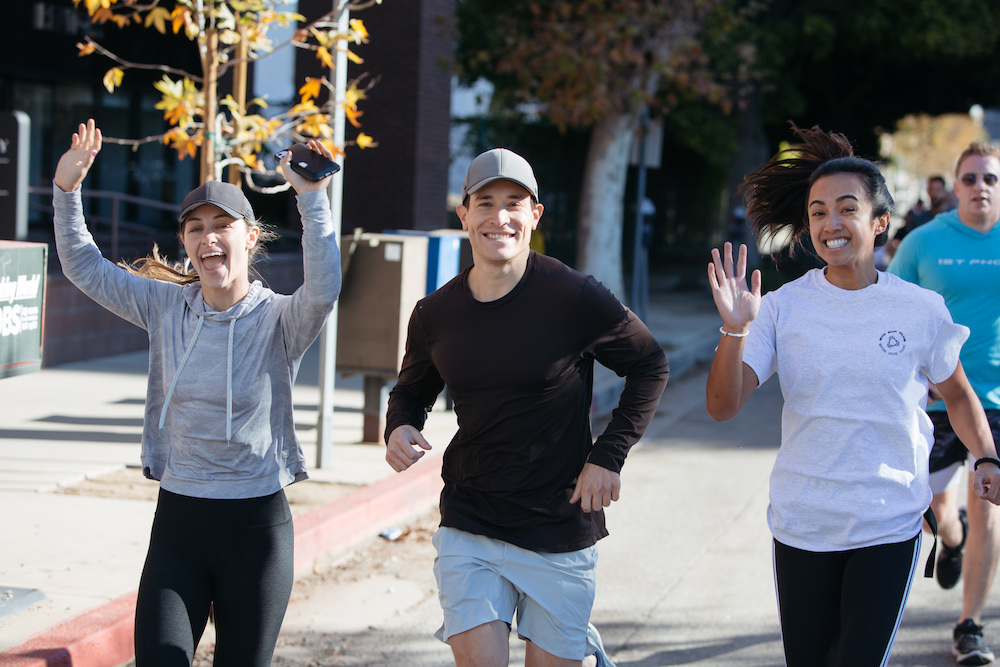This Running Workout Is Designed To Build Endurance
We all want to run and get outside, but we must take the proper steps to prepare our body to run and help avoid any future pain and injuries.
Running related hip pain can come from a variety of sources. Some common causes are a decrease in hip extension, reduced ability to maintain proper alignment, and decreased load and force absorption in the foot/ankle/knee.If you’re a beginner, you want to find a consistent schedule before trying to increase your weekly mileage. Instead of adding more miles to your runs, try to increase the number of days you run while sticking to the same amount of miles. You don’t need to improve your mileage or speed every week, and you want to keep your distance generally the same for two-three weeks to allow your body to adjust.
Incorporating a regular strength training and mobility program into your weekly schedule is an effective way to not only improve how you feel during your runs, but a great way to keep you running in the long term. Progressively strengthening your body will allow you to run further, run longer, and run faster comfortably. Additionally, the right strength training can even improve your mobility.
Without the proper preparation, you may experience hip pain while you’re running, which feels like pinching or burning in the front of the hip, or a dull ache in the side or upper posterior hip.
Additionally, the right strength training can even improve your mobility. Here are a few moves to try.
Split Stance Isometrics
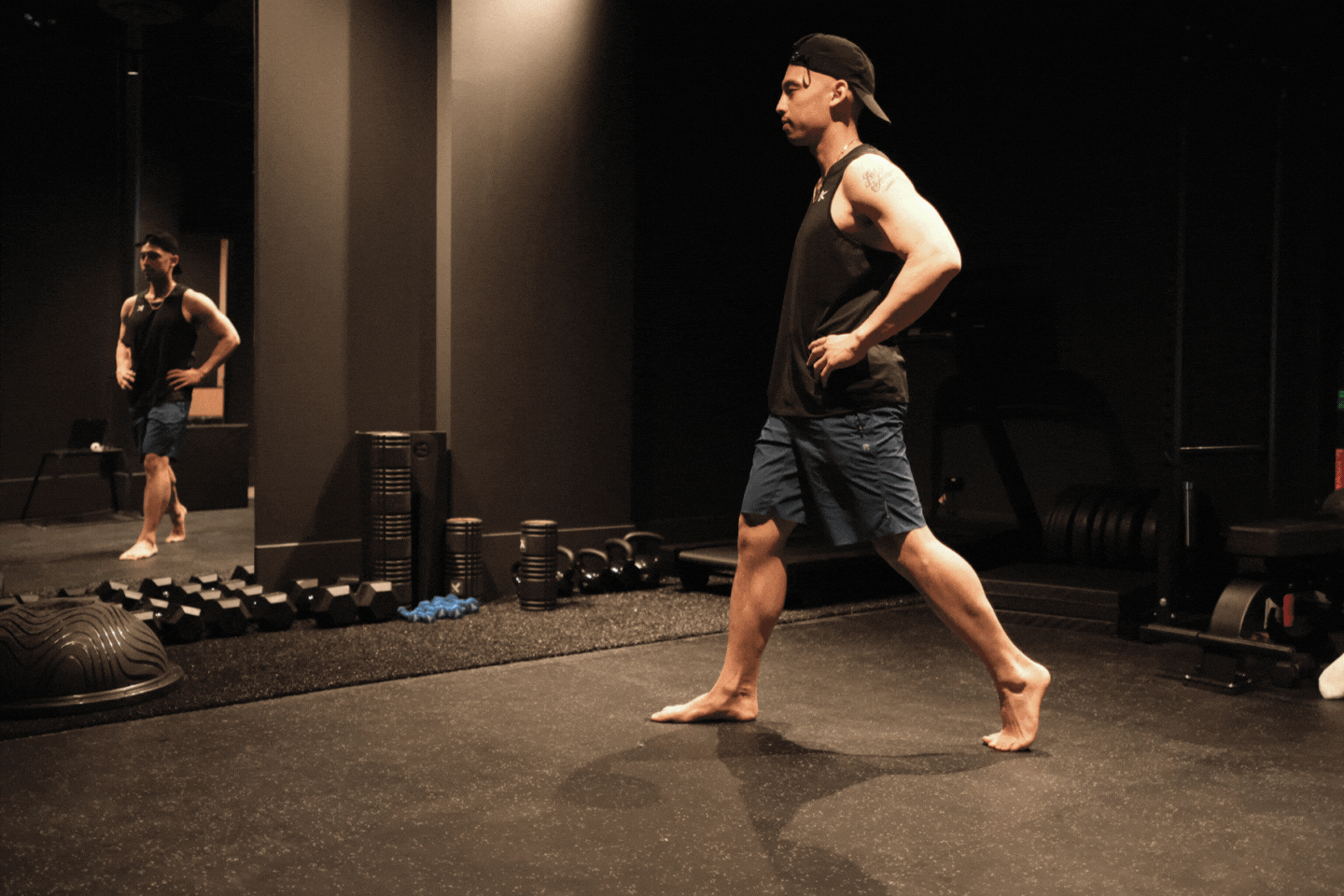
Start position One foot forward, one foot back, and keeping your head over your hips.
End position Drop down into a lunge position. Shift your weight forward and allow your front knee to travel over your toes while keeping that front heel down.
You should feel a stretch in your Achilles’ tendon and in the front of your hips. Hold this position for 30 seconds on each side.
Complete 4 reps on each side.
Raised Front Foot Split Squat
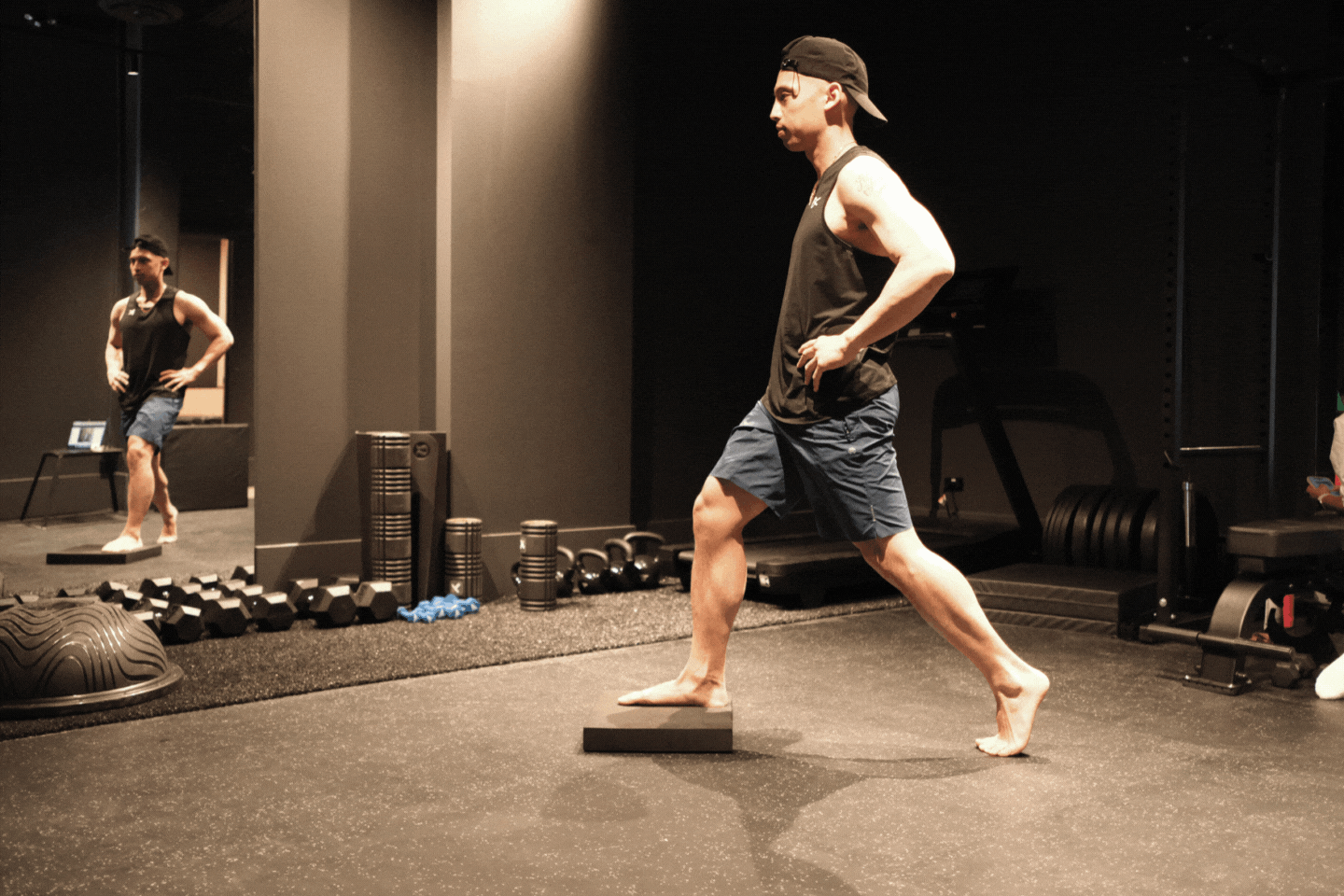
Start position in a similar position to the split stance position, place a book or yoga block under your front foot with your toes over the edge.
Keep your head over your hips, shift your weight forward onto your front foot.
End position Drop down into a lunge. Keep the weight forward as you rise back up.
You should feel a stretch in your glutes, inner thigh and hamstrings of your front leg.
Complete 10 reps on each side
Wall Bridges
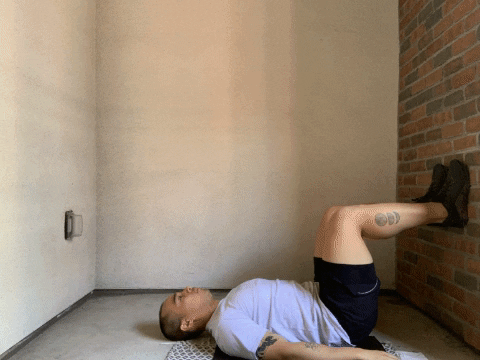
Start position Lay on your back with your feet against a wall and knees/hips at a 90 degree angle.
Flatten your back against the floor and dig your heels downard (you should feel a lot of tension in your hamstrings).
End position Keep this position and then drive your hips up to the ceiling without arching your back.
You should feel this in your hamstrings and glutes. Your quads should be relaxed.
Complete 10 reps


